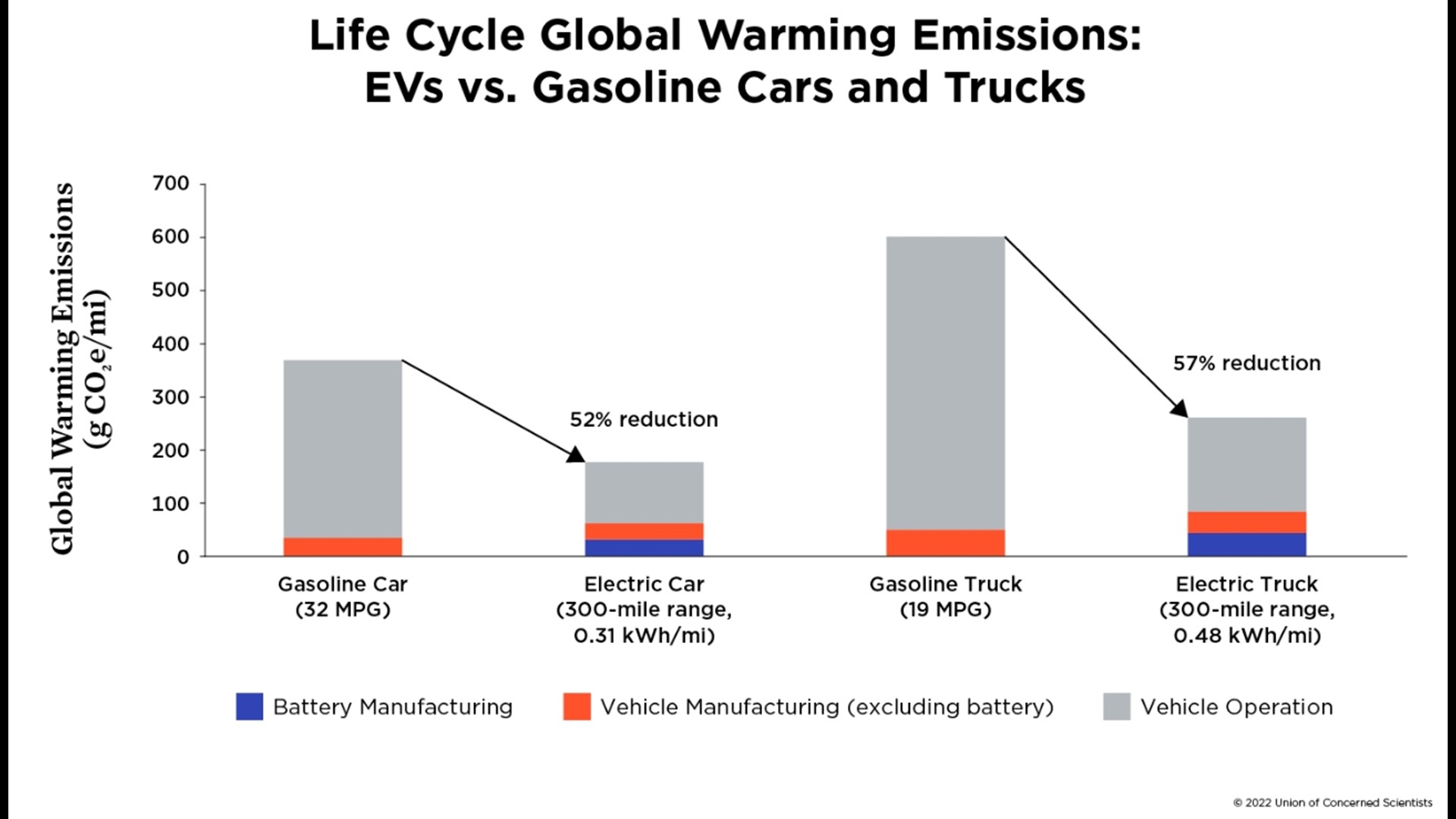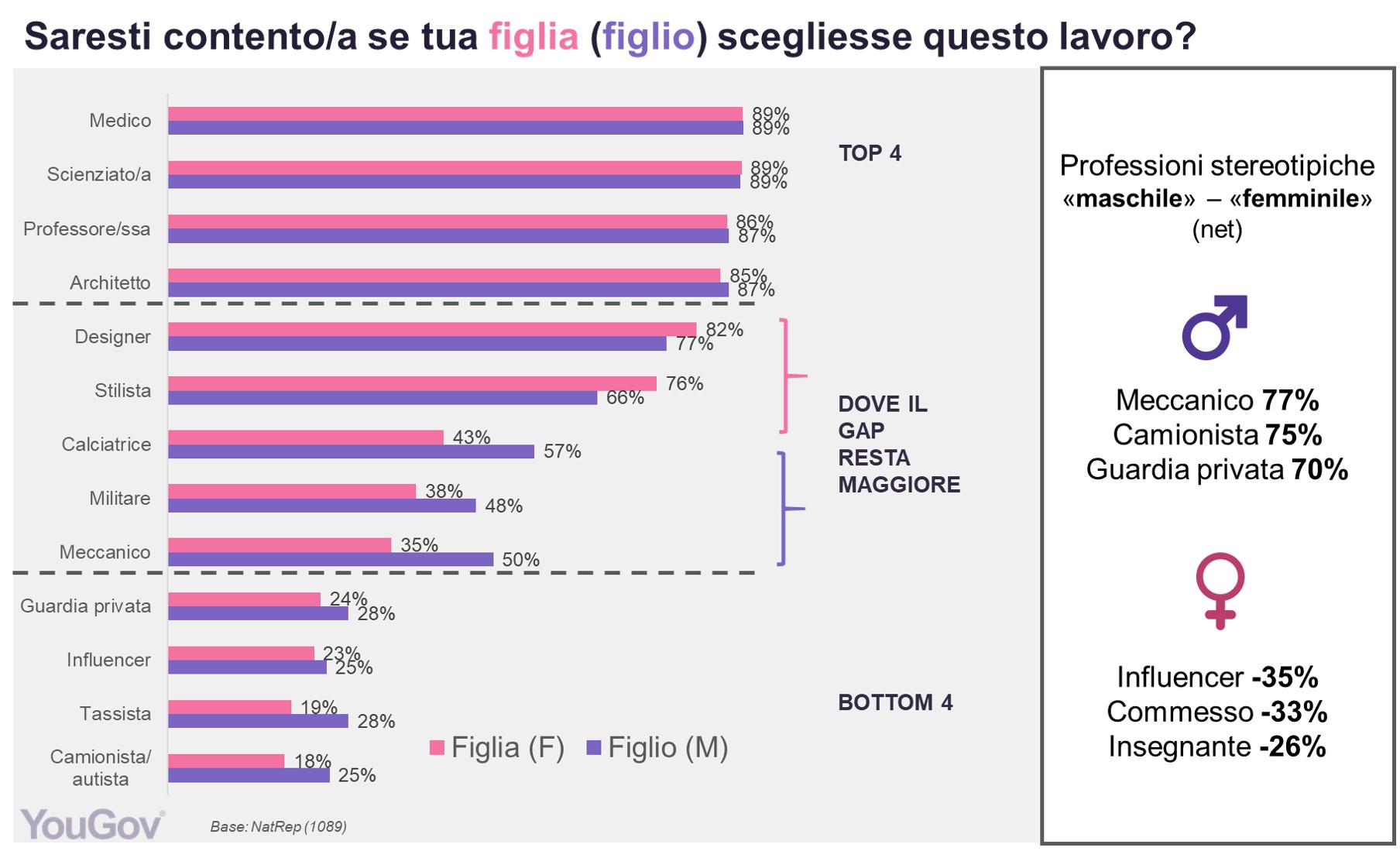Dysprosium's Impact On Electric Vehicle Production And The Search For Alternatives

Table of Contents
Dysprosium's Crucial Role in Electric Vehicle Motors
Electric vehicle motors rely heavily on neodymium magnets for their high power density and efficiency. These magnets, however, require significant amounts of dysprosium to achieve optimal performance. Dysprosium's unique properties are essential for maintaining the magnets' strength and stability, even under the extreme temperatures and magnetic fields generated during EV operation.
- Dysprosium enhances the coercivity of neodymium magnets: This means it prevents demagnetization, a critical factor for ensuring consistent motor performance, especially at high operating temperatures. Without sufficient dysprosium, the magnets would weaken, leading to reduced motor efficiency and potentially catastrophic failure.
- Improved thermal stability leads to increased motor efficiency and lifespan: The addition of dysprosium significantly improves the thermal stability of neodymium magnets, allowing them to operate effectively at higher temperatures without significant performance degradation. This translates to better overall motor efficiency and a longer lifespan for the entire EV powertrain.
- Higher power density in motors translates to better performance and range in EVs: The superior performance characteristics of dysprosium-enhanced neodymium magnets directly contribute to higher power density in EV motors. This results in improved acceleration, increased torque, and ultimately, extended driving range for electric vehicles.
Typically, these high-performance neodymium magnets contain between 3% and 10% dysprosium, depending on the specific design and performance requirements.
The Geopolitical and Environmental Challenges of Dysprosium Mining
The global supply of dysprosium is heavily concentrated in a few countries, primarily China, which controls a significant portion of the world's production. This concentration poses significant geopolitical risks to the global EV manufacturing industry. Any disruption to the supply chain, whether due to political instability, trade disputes, or resource limitations, could severely impact the production of electric vehicles worldwide.
- China's dominance in dysprosium production poses risks to global EV manufacturing: Estimates suggest that China accounts for over 80% of global dysprosium production. This dependence on a single nation creates a vulnerability for the EV industry, making it susceptible to price fluctuations and potential supply shortages.
- Environmental concerns associated with dysprosium mining, including water pollution and habitat destruction: The extraction and processing of dysprosium involve complex chemical processes that can lead to significant environmental damage, including water pollution from mining operations and habitat destruction due to land clearing. The environmental impact of dysprosium mining needs careful consideration.
- The carbon footprint of mining and processing dysprosium needs to be considered in the overall sustainability equation: The entire lifecycle of dysprosium, from mining to processing and transportation, contributes significantly to carbon emissions, thus undermining the sustainability goals associated with electric vehicles.
The Urgent Need for Dysprosium Alternatives in EV Technology
Given the geopolitical and environmental concerns surrounding dysprosium, the search for viable alternatives is paramount for the future of the EV industry. Significant research and development efforts are underway to reduce or eliminate the reliance on this critical rare earth element.
- Exploration of alternative rare-earth magnets with lower dysprosium content: Researchers are exploring ways to modify the composition of neodymium magnets to reduce the amount of dysprosium required without compromising performance. This involves substituting some dysprosium with other rare earth elements, such as terbium.
- Research into dysprosium-free magnet materials, such as ferrite magnets or other advanced materials: Scientists are actively investigating alternative magnet materials that do not rely on rare earth elements at all. Ferrite magnets are one example, though they typically offer lower performance than neodymium magnets. Research into advanced materials like high-temperature superconducting magnets also offers promising, albeit long-term, solutions.
- Development of more efficient motor designs that reduce the reliance on high-performance magnets: Improving the efficiency of electric motor designs can lessen the demand for high-performance, dysprosium-rich magnets. This may involve optimizing motor geometry, employing different winding configurations, or exploring alternative motor topologies.
- Focus on improved recycling and reuse of existing dysprosium-containing magnets: Recycling end-of-life EV batteries and motors is crucial to recover valuable dysprosium and reduce the reliance on new mining operations.
The Role of Recycling in Mitigating Dysprosium Dependence
Recycling plays a vital role in mitigating dysprosium dependence and reducing the environmental impact of EV production. Efficient and cost-effective recycling processes are crucial for recovering dysprosium from discarded magnets.
- Improved recycling technologies to efficiently recover dysprosium from discarded magnets: Advancements in hydrometallurgical and pyrometallurgical processes are essential for efficient dysprosium recovery from complex materials like EV batteries and motors.
- Economic incentives to encourage the collection and recycling of EV batteries and motors: Governments and industry need to implement policies and incentives to encourage the collection and recycling of end-of-life EV components. This could involve extended producer responsibility schemes or tax credits for recycling.
- Technological advancements to make recycling more cost-effective and environmentally friendly: Continued research and development are needed to make recycling processes more cost-effective and less environmentally damaging, ensuring the economic viability of recovering dysprosium.
Conclusion
Dysprosium plays a critical role in the performance of electric vehicle motors, but its reliance poses significant geopolitical and environmental challenges. The concentration of dysprosium production in a few countries creates supply chain vulnerabilities, while its mining and processing contribute to environmental damage. The future of electric vehicle production hinges on addressing the dysprosium challenge. Continued research and investment in dysprosium-free alternatives, such as alternative magnet materials and improved motor designs, coupled with robust recycling programs, are crucial for a truly sustainable and globally accessible electric vehicle market. Let's work together to find solutions to ensure a responsible and prosperous future for electric vehicles, mitigating the risks associated with dysprosium dependence.

Featured Posts
-
 Solve Nyt Strands Hints For Puzzle 393 March 31
Apr 29, 2025
Solve Nyt Strands Hints For Puzzle 393 March 31
Apr 29, 2025 -
 60
Apr 29, 2025
60
Apr 29, 2025 -
 Public Sector Pensions Examining The Cost To Taxpayers
Apr 29, 2025
Public Sector Pensions Examining The Cost To Taxpayers
Apr 29, 2025 -
 Parita Di Genere Sul Lavoro La Lenta Marcia Verso L Uguaglianza
Apr 29, 2025
Parita Di Genere Sul Lavoro La Lenta Marcia Verso L Uguaglianza
Apr 29, 2025 -
 How To Secure Capital Summertime Ball 2025 Tickets A Step By Step Guide
Apr 29, 2025
How To Secure Capital Summertime Ball 2025 Tickets A Step By Step Guide
Apr 29, 2025
